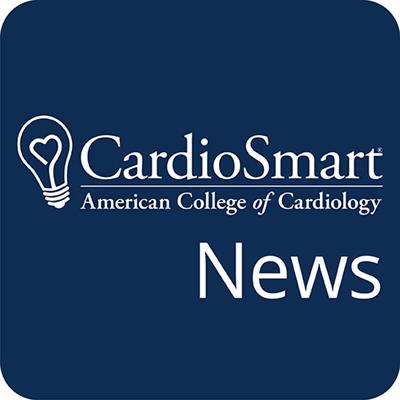
Chest pain can be a warning sign of a heart attack and treating heart attacks quickly saves lives. That is why experts recommend people experiencing chest pain seek medical care at once. In fact, chest pain is the reason for more than 6.5 million visits
to the emergency room and 4 million outpatient clinic visits every year.
Finding out the cause of chest pain – and whether it is heart related – guides how to treat it. New research and ways to detect a heart attack are changing clinical practice. To help clinicians evaluate and diagnose chest pain, the American
College of Cardiology and the American Heart Association have released a new guideline (“2021 AHA/ACC/ASE/ASNC/CHEST/SAEM/SCCT/SCMR Guideline for the Evaluation and Diagnosis of Chest Pain,” Journal of the American College of Cardiology,
Oct. 28).
Here are key points that patients should know about the 2021 guideline.
Describing Chest Pain
Chest pain is the main symptom reported by people who don’t have enough blood flow to the heart (called myocardial ischemia). Usually this happens if the arteries supplying the heart become narrow or blocked. If this happens suddenly, as with a
heart attack, it can be very serious.
If you think you’re having a heart attack, don’t delay. Call 911 immediately.
But “chest pain” may be more than pain in the chest. Patients with reduced blood flow to the heart also describe feeling pressure, tightness, or discomfort in the chest. The discomfort also might be felt in the shoulders, arms, neck, back,
stomach, or jaw. Shortness of breath and fatigue might also signal lack of blood flow to the heart.
When to Call 911
It’s important to know what chest pain can feel like and the other symptoms of a heart attack so that you can recognize them. Other symptoms of a heart attack include nausea or vomiting, unusual tiredness, cold sweat, dizziness or weakness.
If you think you or a loved one is having a heart attack, call 911 immediately. Time is muscle. Every second you delay means more damage to your heart – it could also be the difference between life and death.
Health care professionals in the emergency department will work to rule out life-threatening causes of chest pain. They will find out whether hospitalization or more tests are needed. The treatment will depend on symptoms and test results that show if
or how much the coronary arteries are blocked.
While chest pain is the most common symptom of a heart attack, other causes of chest pain include problems related to digestion, the lungs, bone, muscle, or nervous system. Other causes are more likely than a heart attack, but because heart attacks can
kill, urgent assessment is needed.
Women and Other Symptoms
Women have chest pain as often as men when having a heart attack. But women are more likely to have additional accompanying symptoms, such as nausea and shortness of breath.
Women are less likely to receive timely care for heart-related chest pain. Because women have been underdiagnosed, the guideline recommends that heart causes of chest pain should always be considered for women with chest pain.
The Patient Voice
The guideline recommends including patients with chest pain in decision-making. In shared decision-making, a patient shares their goals and concerns, and clinicians describe the options, and the risks and benefits of each.
An in-depth conversation can, for example, help patients with chest pain who are at intermediate risk of a heart attack better understand the need for admission and observation or discharge and timely follow-up visits in an outpatient clinic.
Shared decision-making with decision aids to help communicate risk has been shown to increase patient knowledge, engagement, and satisfaction. In addition to increasing patient understanding, this process can help reduce unneeded testing.